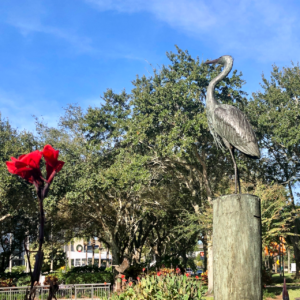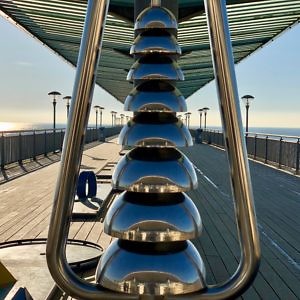Whipping up a frenzy in CAR-T cell future developments

Whipping up the CAR-T cell niche
In the sixth and final part of the latest CAR-T cell therapy mini-series, we take a look at a really key factor that will need to be addressed if we want to move forward in both hematologic and solid tumours in terms of improved outcomes.
To be clear, this is not about the obvious – tackling immune suppression – but something entirely different!
Now, that might well mean incorporating new regimens in the process or it could lead to version 3.0 in terms of new constructs to be tested in the clinic in due course.
What’s not to like?
Added bonus in this review is that it’s not one voice expressed here, but rather the consolidated perspective of four different experts, so you can quickly see clarity and differences of opinion on several topics…
To learn more from our oncology coverage and get a heads up on our latest analysis, commentary, and expert interviews with leading cellular therapy specialists, subscribers can log-in or you can click to gain access to BSB Premium Content.
This content is restricted to subscribers






 In our latest expert interview, we depart from the usual focus on one of two particular or narrow topics and indulge in a more wide ranging discussion to explore a variety of issues facing the IO field and look at them from the perspective of a researcher who is experienced in working with antibodies in various forms.
In our latest expert interview, we depart from the usual focus on one of two particular or narrow topics and indulge in a more wide ranging discussion to explore a variety of issues facing the IO field and look at them from the perspective of a researcher who is experienced in working with antibodies in various forms.


